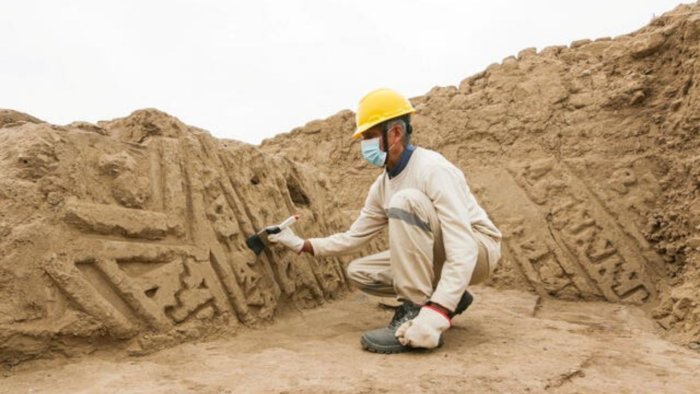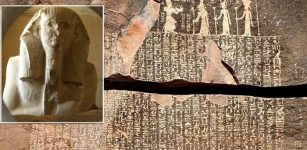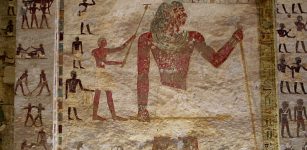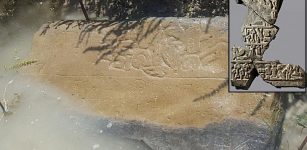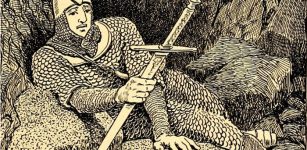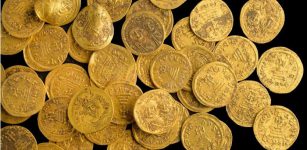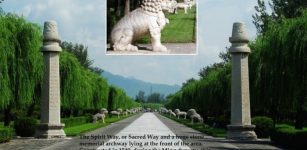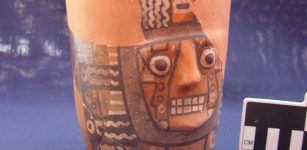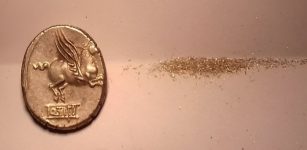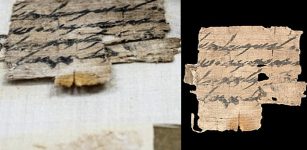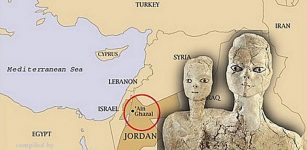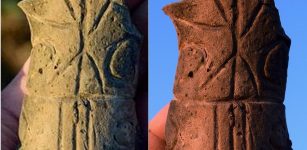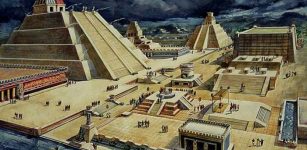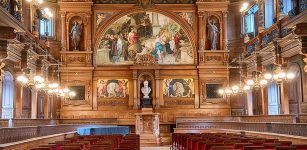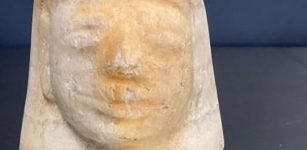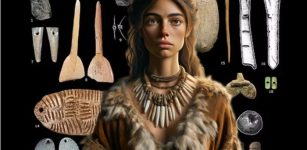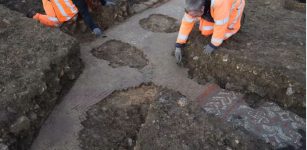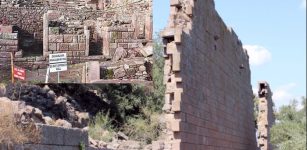Ornaments And Human Remains Found In The Walled Complex Utzh An In Chan Chan, Peru
Conny Waters - AncientPages.com - During archaeological excavations conducted by the Ministry of Culture in Peru, significant discoveries were made within the walled complex of Utzh An, previously referred to as the Great Chimú Palace, situated in the Chan Chan archaeological site.
Aerial view of Chan Chan in Peru. Credit: Adobe Stock - MyriamB
“Defining the construction technology and the original form of the walls is one of the main challenges of archaeological research; the task of restoring walls is vital to preserving the monumentality of Chan Chan,” said Guillermo Gonzales Méndez, archaeologist in charge of the project.
The excavation yielded the remains of eleven individuals, accompanied by a collection of artifacts. These artifacts included three pairs of ear ornaments, two bead necklaces (chaquiras), and Spondylus shells. Notably, these items are typically associated with high-ranking administrative officials of the Chimú culture.
The research team points out that the archaeological site of Chan Chan continues to yield significant discoveries during ongoing conservation efforts. Project director Sinthya Cueva reports that an area not initially identified as a cemetery may have served that purpose after the site's abandonment. The discovery of disarticulated bone remains suggests disturbance and could alter the current understanding of the complex's layout and function.
Conservation and restoration work on the perimeter wall started on April 1 and is scheduled to end on November 26. This project aims to recover and preserve 620 meters of wall structures. The initiative not only focuses on maintaining Chan Chan's monumental status but also seeks to provide insights into Chimú period construction techniques and architecture.
Credit: Ministry of Culture in Peru
Guillermo Gonzales Méndez, lead archaeologist, emphasizes the critical nature of these restoration efforts in preserving Chan Chan's historical significance and grandeur. The project offers opportunities for both preservation and discoveries about ancestral practices.
"Restoring the walls is vital to preserving the history and grandeur of Chan Chan. This project allows us to preserve and discover new facets of our ancestors," Méndez said.
This recent finding adds to a series of important discoveries at Chan Chan, including 19 wooden sculptures unearthed in 2018 and another curious wooden sculpture found in 2022.
The frequent emergence of artifacts and remains underscores Chan Chan's status as an invaluable archaeological resource.
Credit: Ministry of Culture in Peru
Chan Chan, also known as Chimor, was the Chimor kingdom's capital and the largest pre-Columbian city in South America. This significant urban center served as the capital of the Chimor Empire from approximately 900 C.E. to 1470 C.E. The Chimor Empire's reign ended when it was conquered and subsequently absorbed into the Inca Empire.
Credit: Ministry of Culture in Peru
Credit: Ministry of Culture in Peru
The origins of Chan Chan can be traced back to the Chimú culture, which established its presence along the Peruvian coast around 900 CE. The Chimor kingdom, which developed from this culture, was a conquest state that expanded its territory and influence over time.
See also: More Archaeology News
This historical site provides valuable insights into South America's pre-Columbian urban planning, architecture, and societal structure. Its size and complexity offer archaeologists and historians a wealth of information about the advanced civilizations in the region before European contact.
As excavations progress, the research team remains open to the possibility of uncovering additional significant remains. Cueva notes that each intervention provides further insight into Chan Chan's rich history, with current evidence pointing to the site's central importance in Chimú culture.
Written by Conny Waters – AncientPages.com Staff Writer



